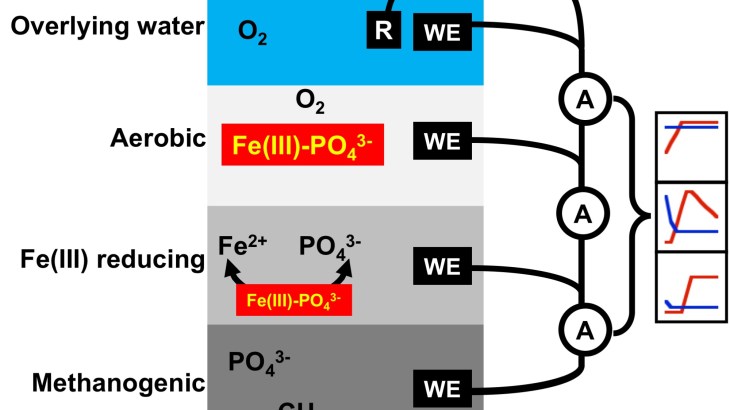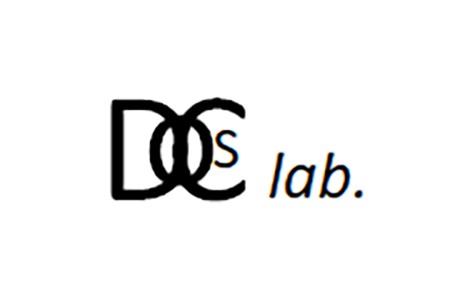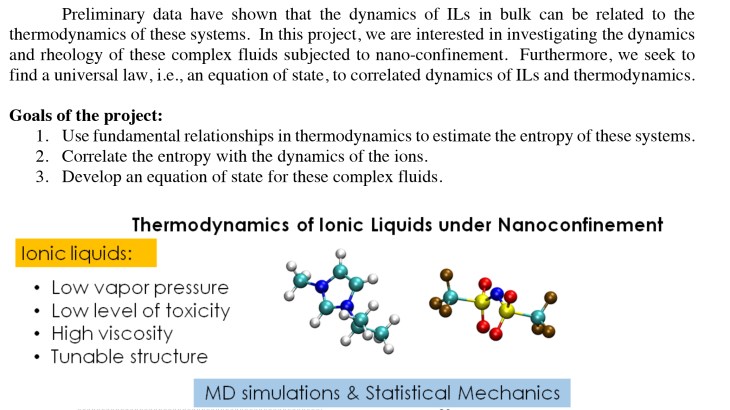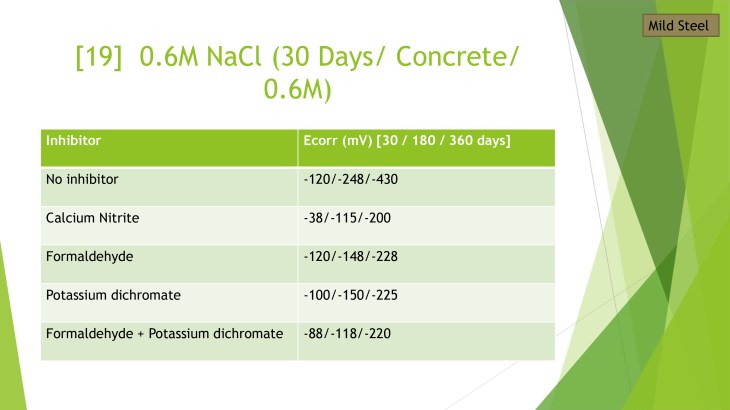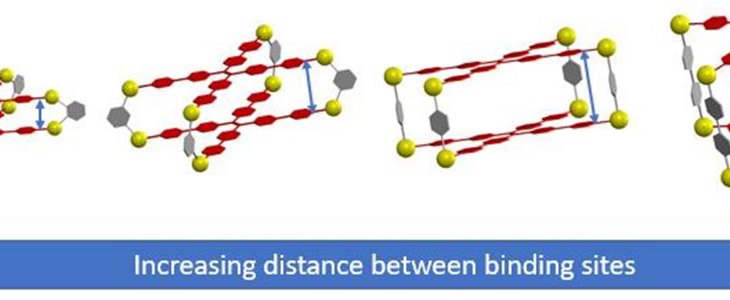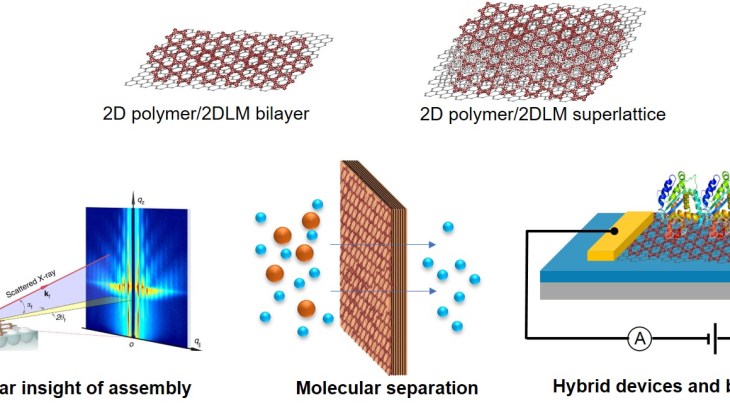
Graphene, boron nitride, dichalcogenides and other inorganic 2D layered materials (2DLM) have atomically thin structure with unique electrical, mechanical, thermal, and optical properties, and have already been extensively explored for electronics, sensing, catalysis and biomedical applications. On the other hand, in the polymer world, there is an emerging class of 2D polymers with analog structure to 2D layered materials.
